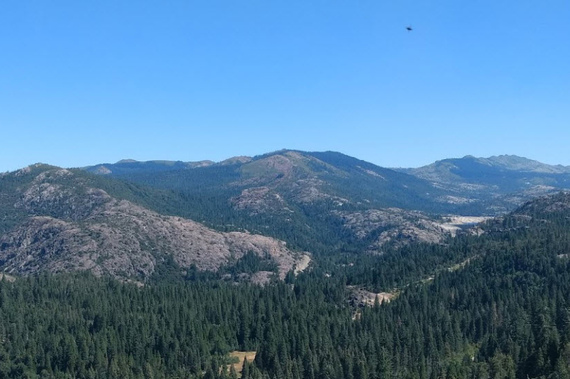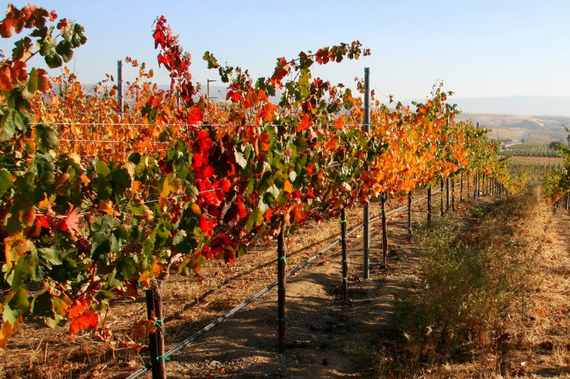1. Geography
Livermore, located 43 miles southeast of San Francisco, 30 miles southeast of Oakland, and 29 miles northeast of San Jose, is part of the Tri-Valley area, comprising Amador, Livermore and San Ramon valleys.
The city has a total of 26.44 square miles and lies 480 feet above the sea level. It’s the most populous city in the Tri-Valley, in Alameda County; with an estimated population of over 85,000 people.
Four streams drain this area: Arroyo Mocho, Arroyo Valle, Arroyo Seco and Arroyo Las Posita. The Mocho Subbasin is the major source of ground water.
The Livermore Valley which has an extension of 15 miles long (east to west) and its 10 miles wide (north to south), lies 30 miles east of and behind the first coastal range of foot hills that surround the San Francisco Bay Area. Several mountain passes on the valley, to the west and to the east, connect the Bay Area and the Central Valley.
Local seismic areas, including the Greenville Fault and the Tesla Fault, lie nearby.
1.a Climate
Livermore has a Mediterranean climate, but in reality, it is close to a semi-arid climate because the amount of precipitation is very low during the year. Protection by the coastal range causes the Livermore Valley to have a mild climate. Summer temperatures range from warm to hot, and the weather is mostly dry.
Temperatures in the summer average in the 75 to 85 °F range, but sometimes reach 100 °F or even 110 °F during the day. Summer nights are normally much cooler, with lows between 50 and 60 °F.
The period with largest amount of rain goes from September to May; nearly all of the 14.6 inches of annual Livermore precipitation comes in this time. Fortunately at about 50% of the days are sunny with clear skies during these months. In late summer, subtropical moisture occasionally surges into the Livermore Valley, bringing high humidity, monsoon clouds, and in rare occasions, thunderstorms
December and January are usually the coldest months, with a high of about 56 °F and a low of about 38 °F; occasional frost occurs sometimes on clear mornings, and it’s not rare that during an exceptionally cold night, temperatures drop to as low as the 20 to 25 °F (−7 to −4 °C).
Sometimes light snow dusts the surrounding hills and the valley.
In the summer, the strong evening wind (with a speed of about 9 miles per hour, that brings cool air off the Pacific Ocean into the Livermore Valley), generates electricity via the wind turbines mounted in Altamont Pass.


